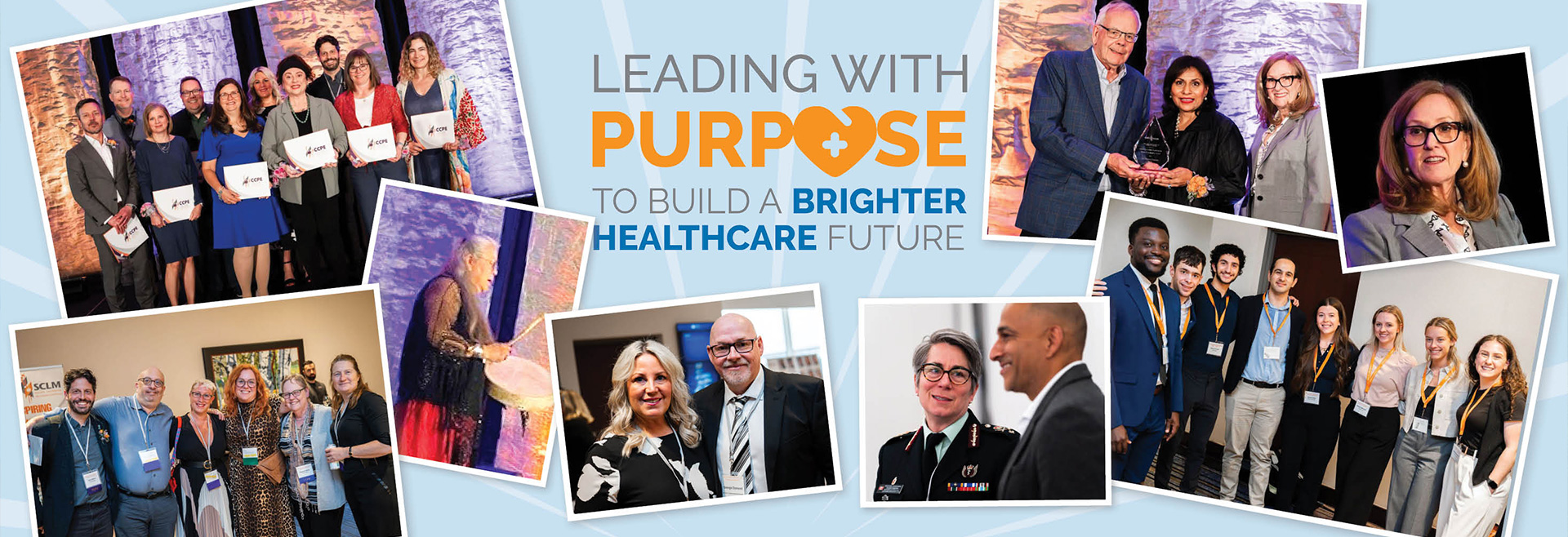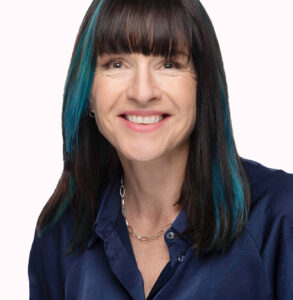

CCPL2025
The insider’s playbook: how to move fast in a slow health care system
A keynote address by Marlies van Dijk
![]()
Giuseppe Guaiana, MD, PhD
 Marlies van Dijk began by asking the room to stand up, meet someone new, and share a story of how they’d hacked the system. Energy sparked instantly — laughter, confessions, and bold tales of bending rules and breaking barriers. That was the point: change doesn’t happen by following the rules, it happens when someone decides to do what others won’t.
Marlies van Dijk began by asking the room to stand up, meet someone new, and share a story of how they’d hacked the system. Energy sparked instantly — laughter, confessions, and bold tales of bending rules and breaking barriers. That was the point: change doesn’t happen by following the rules, it happens when someone decides to do what others won’t.
This wasn’t a talk about theory. It was a story about doing. Van Dijk, a nurse by training and a self-proclaimed rebel, had been thrown into the deep end during the Cargill meat plant COVID-19 outbreak, the largest in North America. The setting was brutal: 2300 workers, 78 languages, and a workplace so crowded and hazardous it felt like an island under siege. Rubber boots sloshed through blood, condensation dripped from hard hats, and the stakes were life and death.
Her team couldn’t wait for committees or policies. They acted. They built relationships, found translators, lobbied politicians, and set up pop-up vaccine clinics in meat plants, tents, and parking lots. They worked until midnight, jabbing 1638 arms in a single day, with a 98% uptake rate. They cut through bureaucracy, ignored absurd rules (like facing chairs toward fire exits), and just did the work. A CEO handed out $100 bills at the door. It was messy, chaotic, and utterly effective.
This, van Dijk argued, is what health care needs. Not more steering committees, not five-year plans that take four and a half years to draft. It needs small teams of people with fire in their bellies, the “13%” who care enough to push through obstacles and get things done. The rest? They follow the rules, sit in meetings, and kill ideas before they breathe.
She made no apologies for her blunt message: health care is a 150-year-old business model that hasn’t changed much since 1917. Hospitals still look the same. Care is still delivered in ways that ignore the realities of patients’ lives. Meanwhile, other countries are leaping ahead: in the Buurtzorg model in the Netherlands, nurses run self-managed teams and deliver community care on bicycles. In Canada? Most patients still die in hospitals.
She also warned that AI is coming, fast. Virtual physicians may soon handle the first point of contact. Data will dominate decision-making, and, unless we push back, clinicians risk becoming support staff for algorithms. The future is being built, with or without us.
Her final plea: stop asking for permission. If you have an idea, don’t bring it to a meeting, just do it. Use the principles of design thinking: build a prototype, test it, and prove it works before anyone has the chance to say no. Avoid the “hippos,” the highest-paid person in the room whose word shuts down all others. Find your “wolf pack,” the people who get it, who will back you up when the system pushes back.
Change doesn’t happen by climbing the ladder. It happens on the edges, in the chaos, in the urgency, in the refusal to accept the status quo. And it’s not safe. You’ll get told no, a lot. You’ll feel like quitting. But if you care — about your patients, your colleagues, your community — you’ll keep going. Because in the end, we are the system. And if we don’t change it, who will?
Author
Giuseppe Guaiana, MD, PhD, FRCPC, CCPE, is an associate professor of psychiatry, Western University; chief of psychiatry at St. Thomas Elgin General Hospital; director, Extended Campus Program, and clinical director, North of Superior Program.
Correspondence to: giuseppe.guaiana@gmail.com